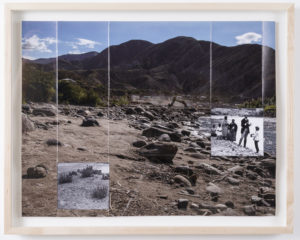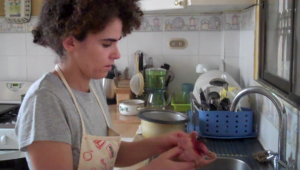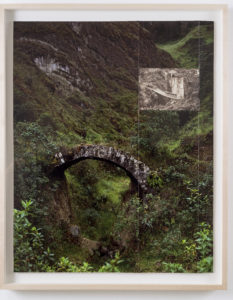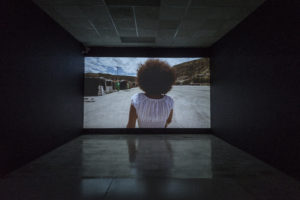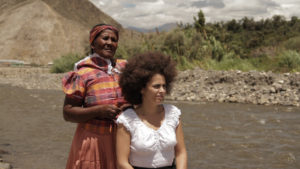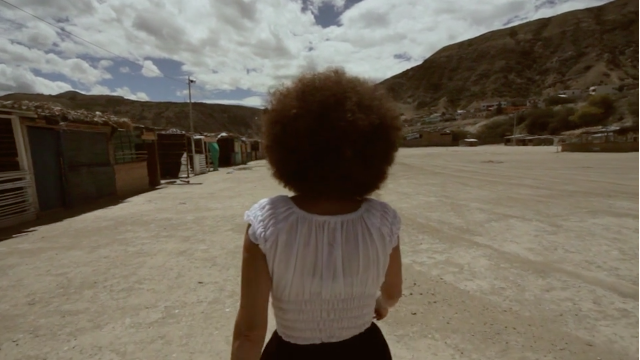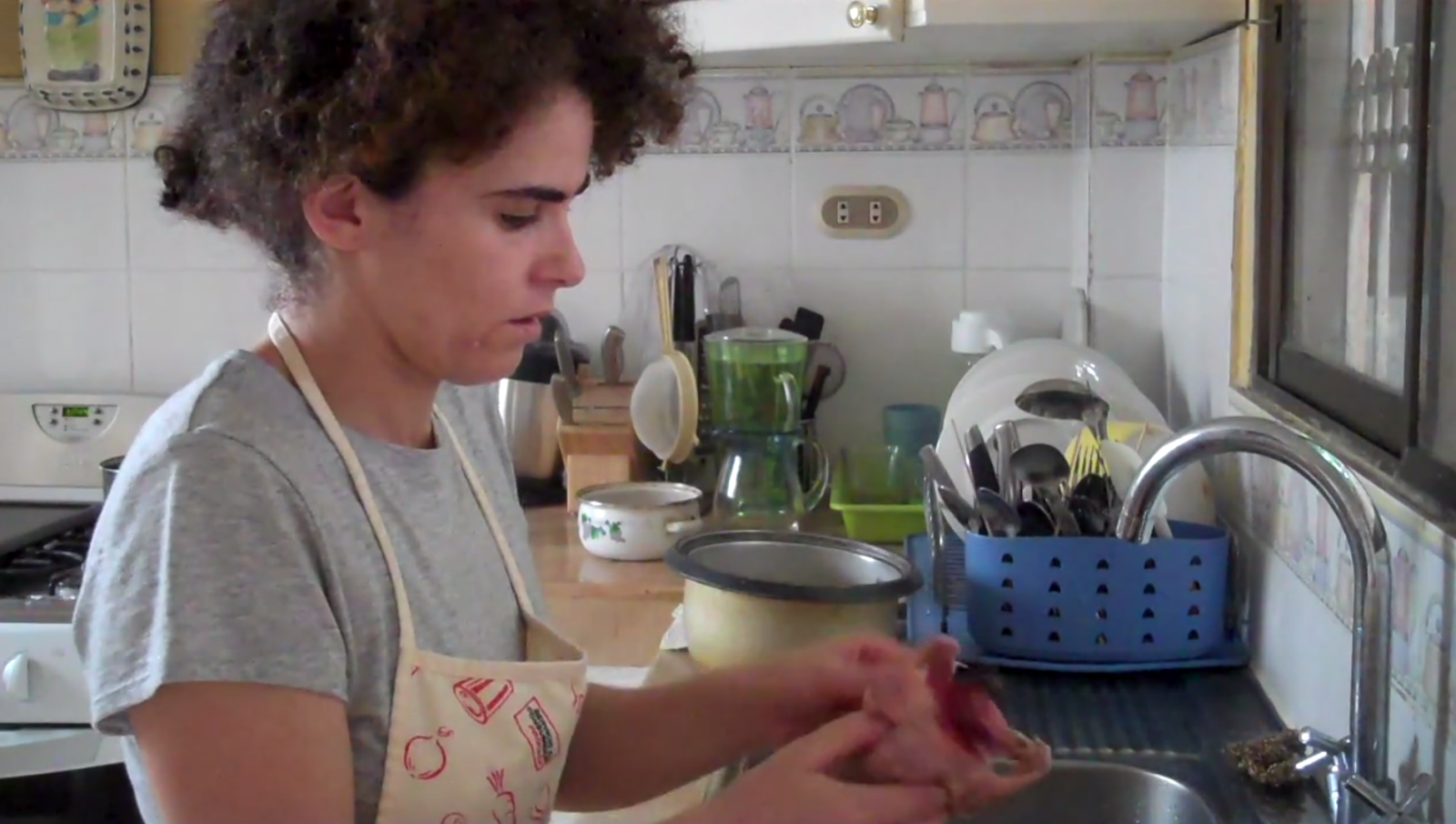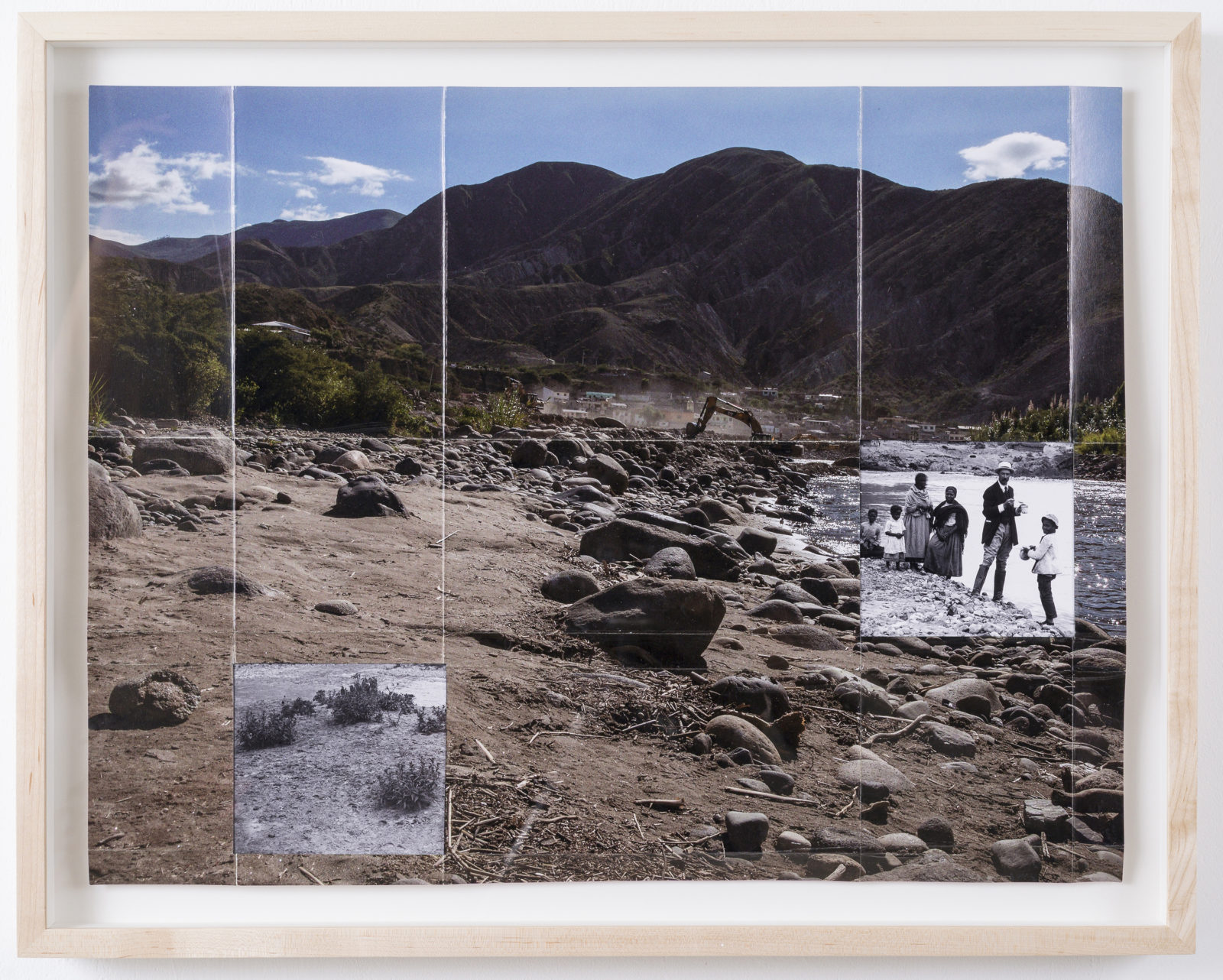



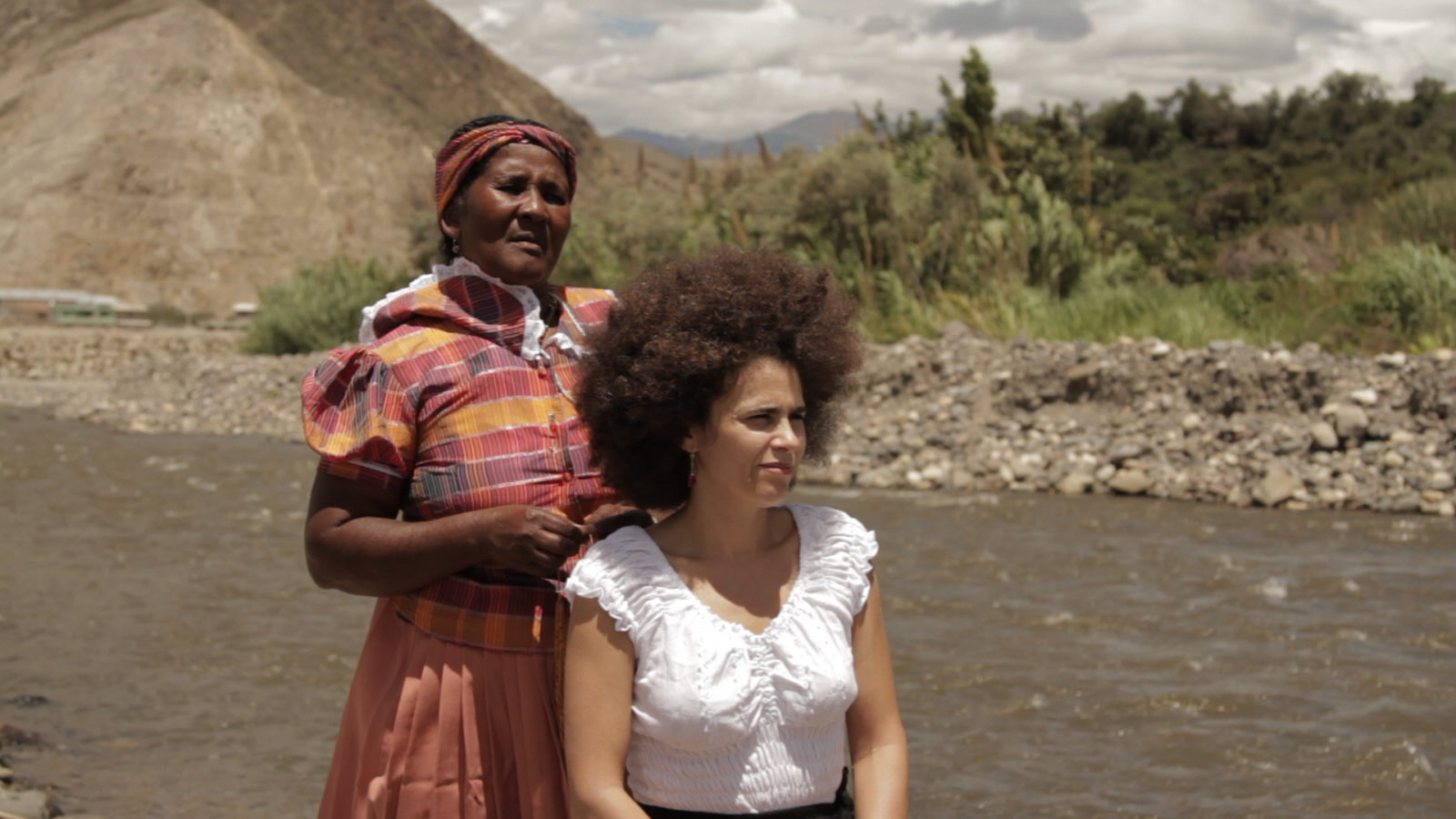

La Ruta del Sol - Pichon by Karina Aguilera Skvirsky
How to build a wall and other ruins
Karina Aguilera Skvirsky tells stories through images, static and moving, often using performance to ground them.
Artist BioHow to build a Wall and other Ruins is an 8-channel video installation that engages with the debates about the engineering feats of Inka architecture as a way to reimagine labor and its documentation, think through the gulf between theory and practice, and insert the body into an archeological site. The project began with an inquiry into the construction of Ingapirca (Inca Wall). Built in Pre-Colombian times by Incas and, subsequently, altered by Cañaris, it is the largest-known ruin in Ecuador. The site has been photographed ad nauseum and the mysteries of its construction are the subject of archeology and tourism.
What began as a project to delve into what Indigenous knowledge, specifically Inka engineering feats, can teach us today became a project about our post-truth world in which social media provides a platform for misinformation where scientistic hacks can peddle their lies on the Discovery channel and YouTube. To reveal the debates, Karina Aguilera Skvirsky interviewed engineers, anthropologists, and indigenous historians of the pre-Columbian world about their theories of how Inkans built Ingapirca’s walls. She also interviewed YouTubers who espouse theories about aliens sending built Inkan walls through space that landed perfectly in South America centuries ago. Clips from the interviews are juxtaposed with a video-performance in which a brigade of Ecuadorian women activate the experts’ divergent theories by building a replica of Ingapirca using recycled materials.
While the project alludes to the political debates being waged about borders, citizenship, and border enforcement through the construction of a physical barrier along the US/Mexico border, it also considers the transmission of information in a digital age where misinformation is presented as fact. The project counters the confusion by revealing their conspiracy theories using humor and by revealing the actual record as motivation to think about readily available plastic and cardboard becoming building materials for the 21st century.

Karina Aguilera Skvirsky
New York, NY
As a woman of Ecuadorian and Jewish-American ancestry, Karina Aguilera Skvirsky was raised traveling back and forth from the US and Ecuador. Her grandmother lived with her family; she spoke no English. Her father never learned Spanish. These experiences have led Aguilera Skvirsky to focus on personal narratives in her art practice as an entry point to navigate broader questions of place, identity and nationhood.
Aguilera Skvirsky tells stories through images, static and moving, often using performance to ground them. Her influences represent a broad swath of interests that include abstraction, politics, humor, feminism and history. Her multiple ethnicities have propelled her to explore narratives of the African diaspora; the complexities of Indigeneity; and the legacies of colonialism. By calling into question how we understand history and the elusive nature of truth, her work examines the subjectivity of both. But it’s not that simple; Aguilera Skvirsky believes in truth, even while the post-truth world in which social media sites provide a platform for misinformation has led to factual relativity. While she cannot counter the plethora of misinformation circulating the internet, she can reveal her own processes and draw attention to the labor that is often invisible from those in peripheral communities.
Recent works include The Perilous Journey of Maria Rosa Palacios and The Railroad Workers, where Aguilera Skvirsky brings attention to Palacios, a domestic laborer, and the Railroad workers (of the Ecuadorian railroad) whose station in life made it impossible for them to be remembered in the history books.
